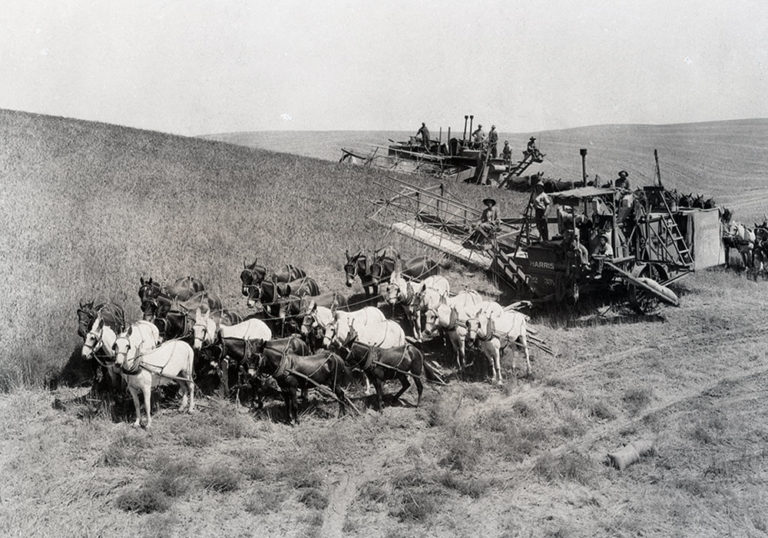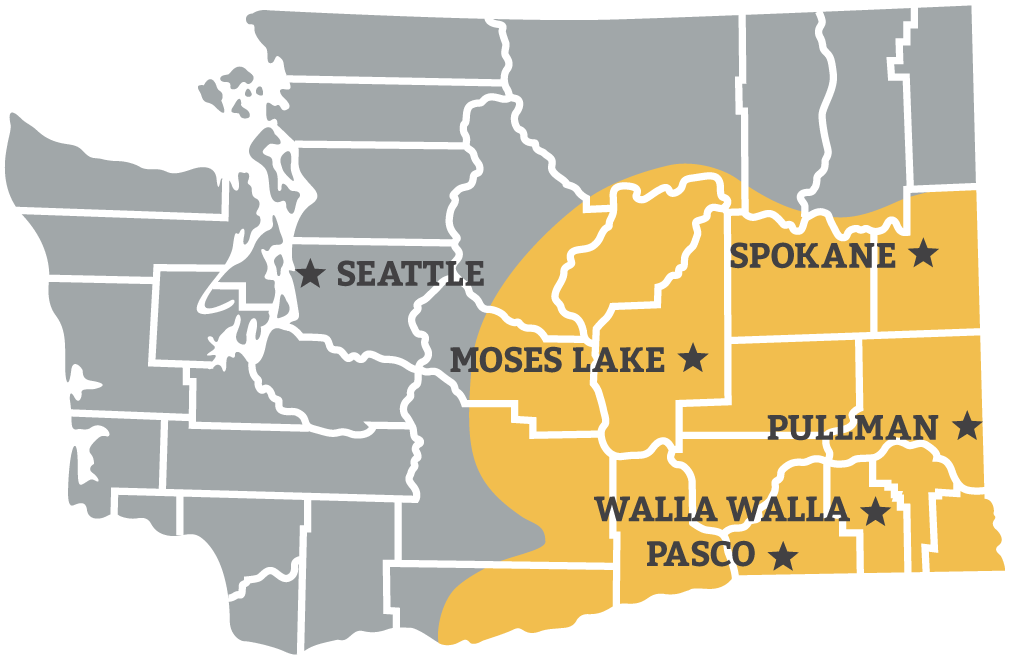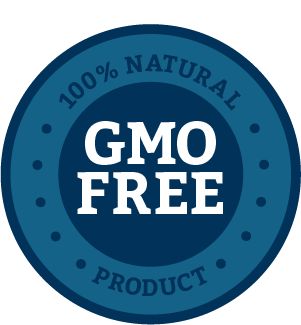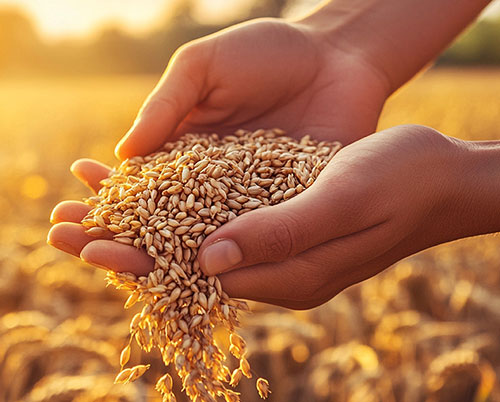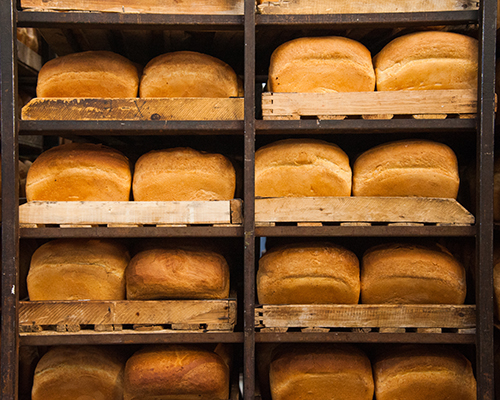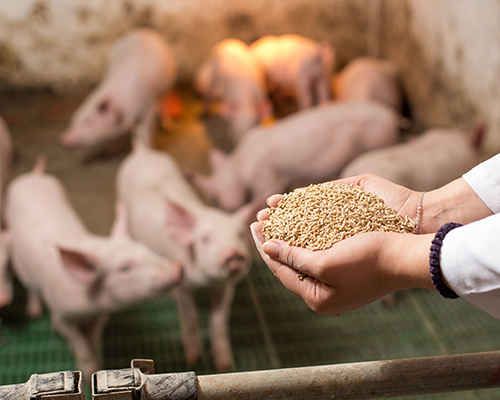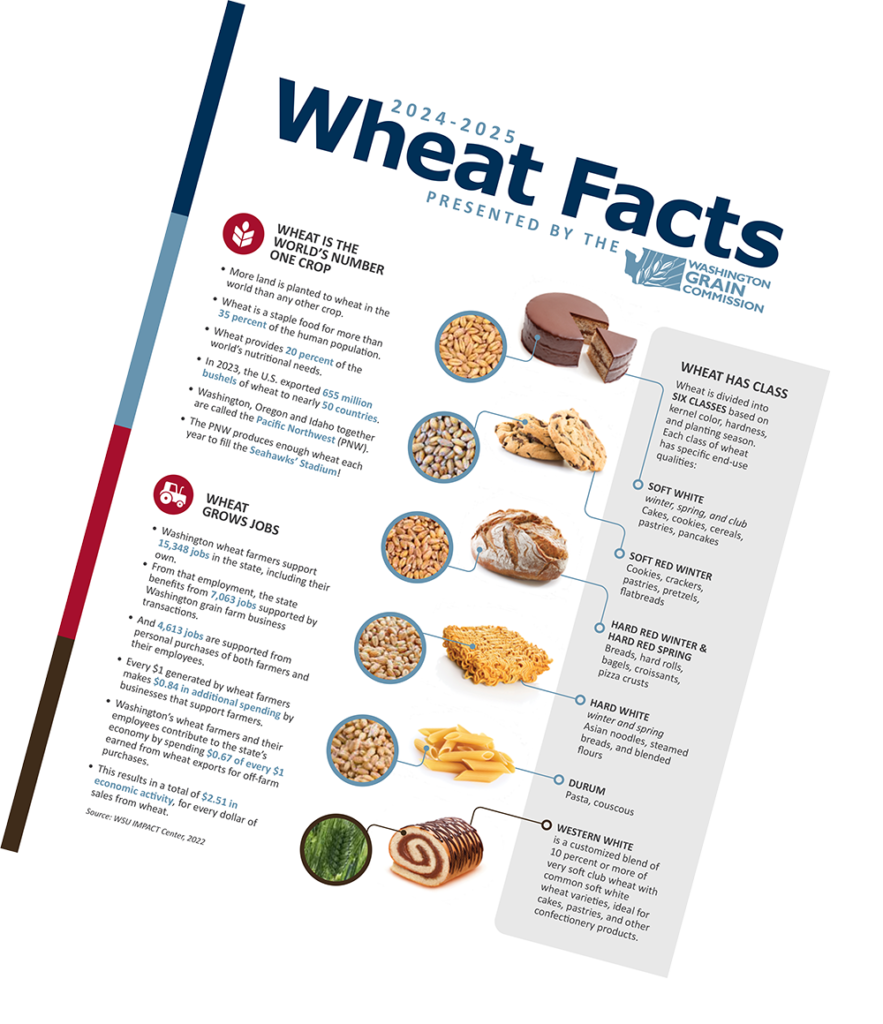History of Wheat
Wheat is the result of millions of years of natural evolution. Its nutritional value, versatility, and flavor were discovered gradually—starting around 20,000 years ago when early humans first ate its seeds.
In 2019, archaeologists in Jordan found evidence of wheat being ground and baked into flatbread 14,000 years ago. Farming began 10,000–12,000 years ago in the Fertile Crescent, across what is now Syria, Lebanon, Egypt, Jordan, and Turkey. This shift marked the end of hunting and gathering and the beginning of civilization. Whether we eat it or not, wheat is part of our shared human story.
